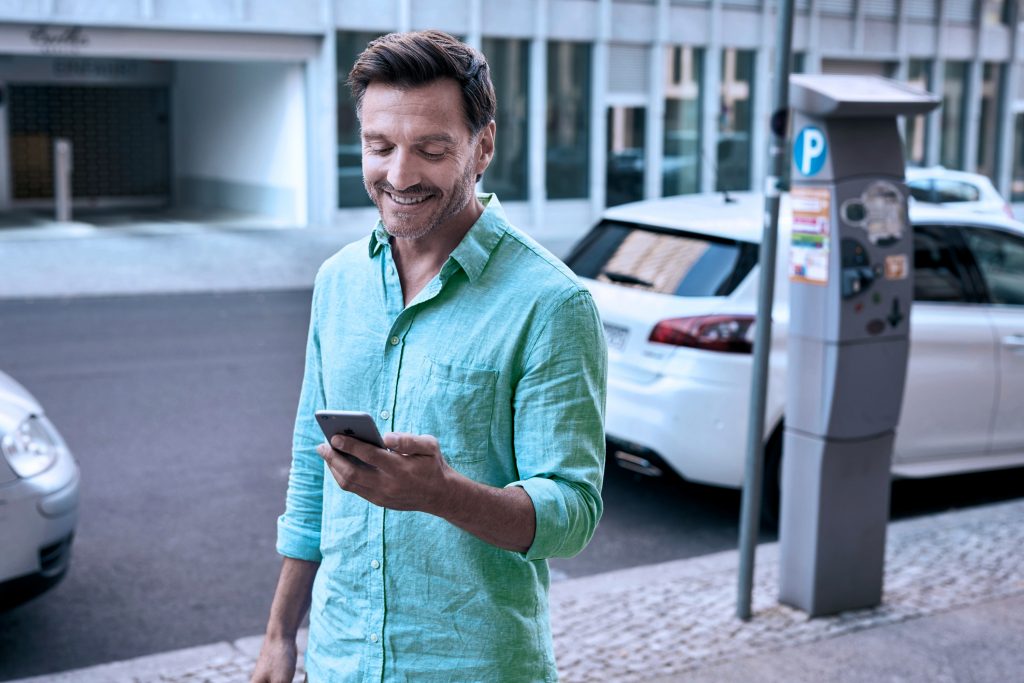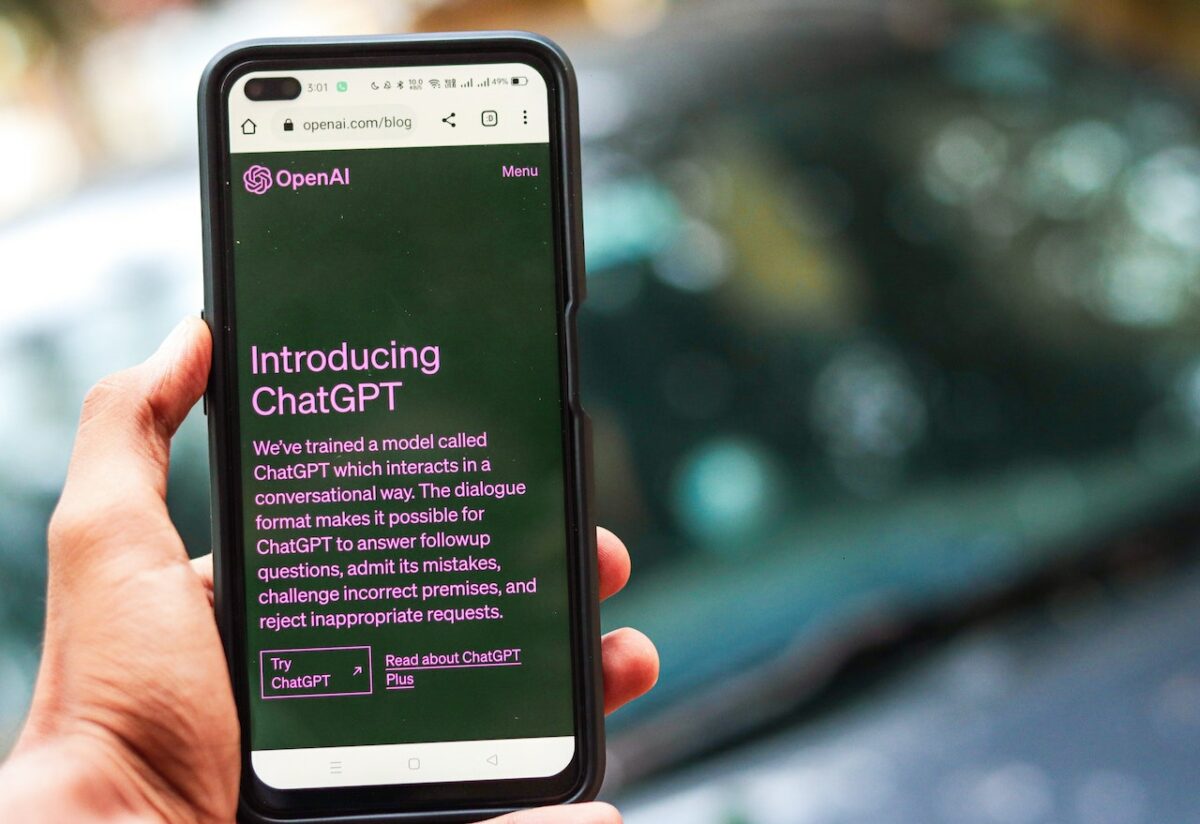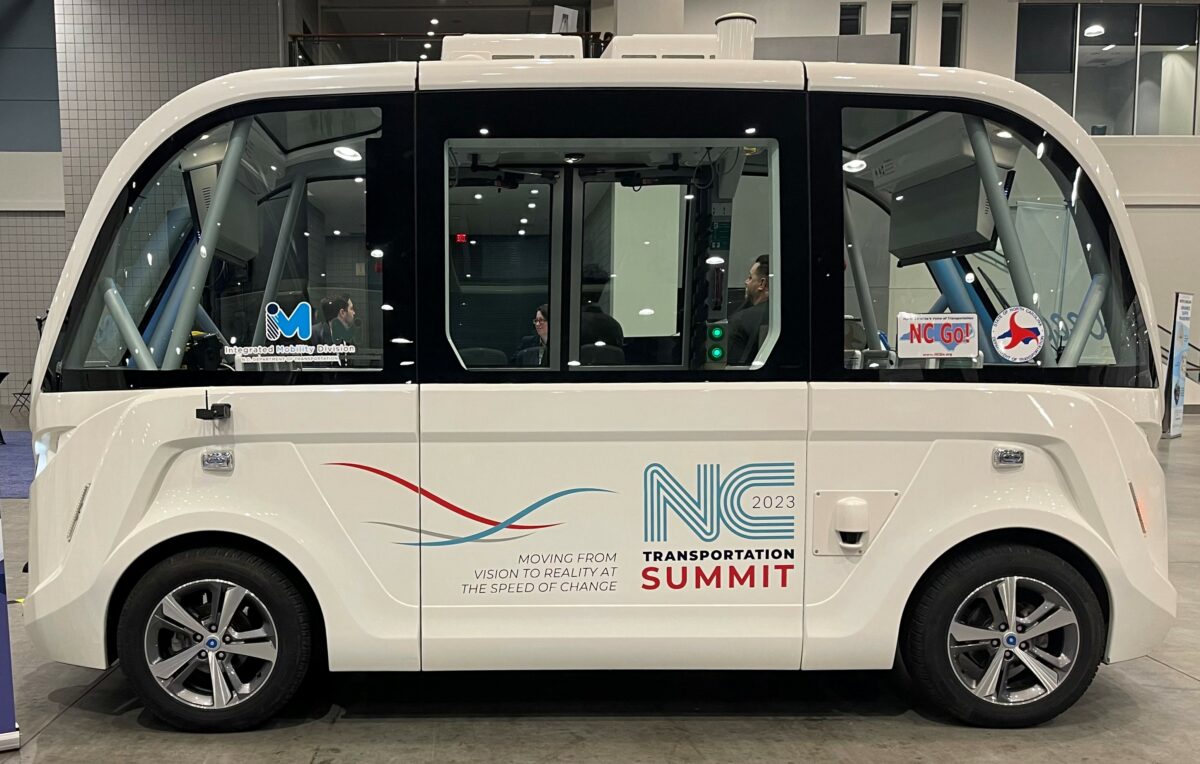Mobility is fast becoming synonymous with technology. As smartphones are increasingly integrated into daily life—and transport services such as ride-sharing, micro-mobility, and parking apps are accessible from the palm of our hands—it is clear the industry is heading towards technology-enabled convenience. According to Zippia, Uber has 131 million monthly active users and currently operates in more than 85 countries. Fifteen years ago, platforms like Uber were unheard of, and now they manage significant parts of daily travel and transport, helping residents to navigate towns and cities every day.
As technology is developing and delivering key transport services, the industry is moving to the point where technology will manage all aspects of the mobility experience from start to finish. Whether it’s through the smartphone or in-car dashboard, users will be able to access mapping, charging point location, parking space location, and payment services through one device. This is a major step towards mobility standardisation in the industry.
Change at the top of the tech chain
With ongoing smartphone uptake and integration of transport services on in-car systems, more car companies will be partnering with tech giants to roll out software in vehicles. Gartner predicts that by 2028, 70% of vehicles sold will use Android Automotive operating systems, up from less than 1% today. Google expects the number of cars with built-in Google Maps, Cloud, and YouTube accessibility “to nearly double by the end of this year.”
The industry is moving to the point where technology will manage all aspects of the mobility experience from start to finish
Amid this sweeping technological change, one area of transport facing massive change is parking. And parking brackets the travel experience: every journey starts and ends with a parked vehicle. Now that parking is becoming technological, like so many other areas of transport, it is time to standardise its usage.
Mobility standardisation starts with a sign
Mobility standardisation means an expectation of the same service across the board. When travelling from A to B, from country to city, or across Council borders, a unified and level approach to mobility will help deliver the same transport experience for all. For parking, this can mean the same digital services are available everywhere.
And to promote this change for mobility, I am arguing that we should develop uniform signage in the UK that symbolises digital parking. This is not a far-flung concept – we use a universally accepted sign for Wi-Fi, with three bars of signal symbolising connection availability, and we use a runic sign for Bluetooth, the short-range wireless technology standard.

For parking, this sign could be a configuration of the letter ‘P’, a location code number to input into the phone and a smartphone symbol, which is already standard in the Netherlands. The prevalence of smartphone technology and its usefulness for mobility services means people are beginning to see technology and mobility as unified. According to Ofcom, mobile data traffic has grown by an average of 40% year on year in recent years. The expansion of mobile usage, as well as cashless parking services in the UK, helps advocate for new signage for digital parking. Plus, the growth of the Open Market across the country is promoting mobility development for motorists.
How does the Open Market affect drivers?
The Open Market will have a major influence on mobility convenience in the UK. Open Market parking, where multiple cashless solutions are offered through a unified platform, is the norm across most of Europe. However, the UK market has historically developed on a single-provider basis, with one solution operating in each location.
As the rollout continues, the Open Market will bring multiple benefits to motorists. Rather than downloading and redownloading different parking apps when travelling, drivers can use their preferred app. This system makes cashless parking more accessible and heralds a new age for mobility where standardisation and signage that symbolises digital parking can easily be integrated.
With the goal of more funding for the National Parking Platform (NPP), which will provide a handbook to local authorities for Open Market rollout, the industry will become more unified. In the same way the food ordering and delivery market has evolved to have key apps people prefer, including Just Eat, Deliveroo, and UberEats, the same free choice will happen in the parking industry.
Mobility standardisation is the ultimate goal
The new era of mobility standardisation
Mobility standardisation is the ultimate goal. To get to this point, we need to innovate through the Open Market, and this starts at the top. Once Councils and local authorities understand the ways it can radically improve procurement and management of parking, as well as the benefits for local motorists and residents, we will start to see mobility standardisation as an exciting reality.
The opinions expressed here are those of the author and do not necessarily reflect the positions of Automotive World Ltd.
Peter O’Driscoll is Managing Director at RingGo
The Automotive World Comment column is open to automotive industry decision makers and influencers. If you would like to contribute a Comment article, please contact editorial@automotiveworld.com


